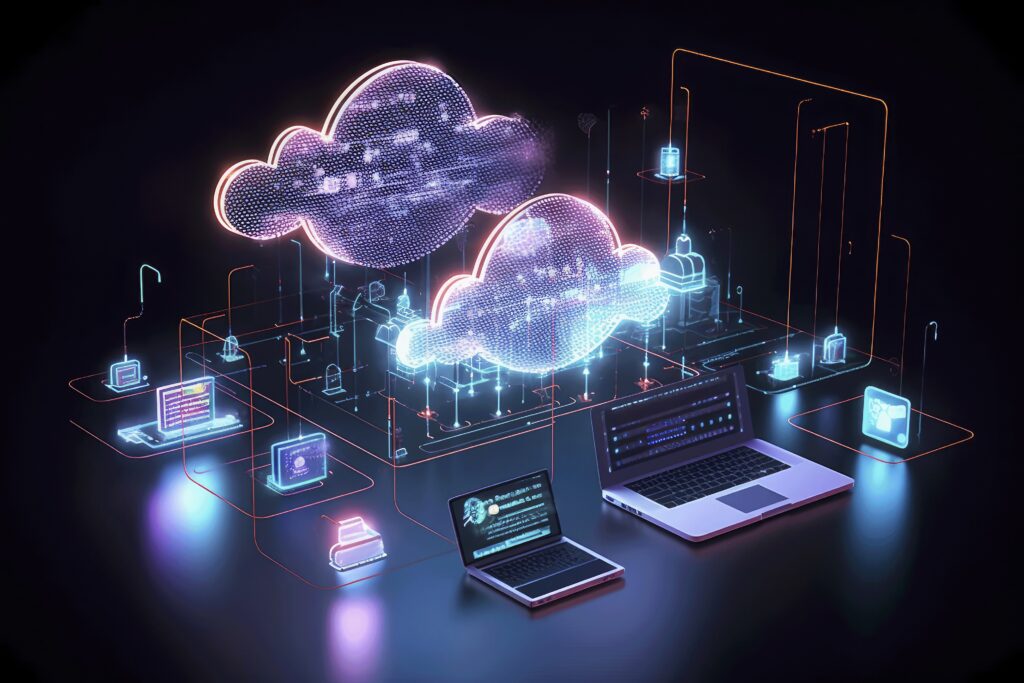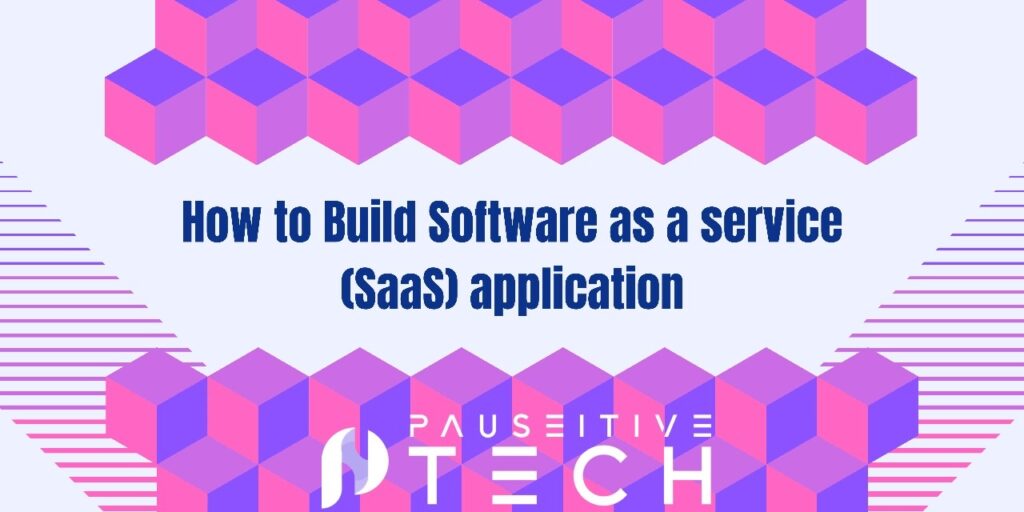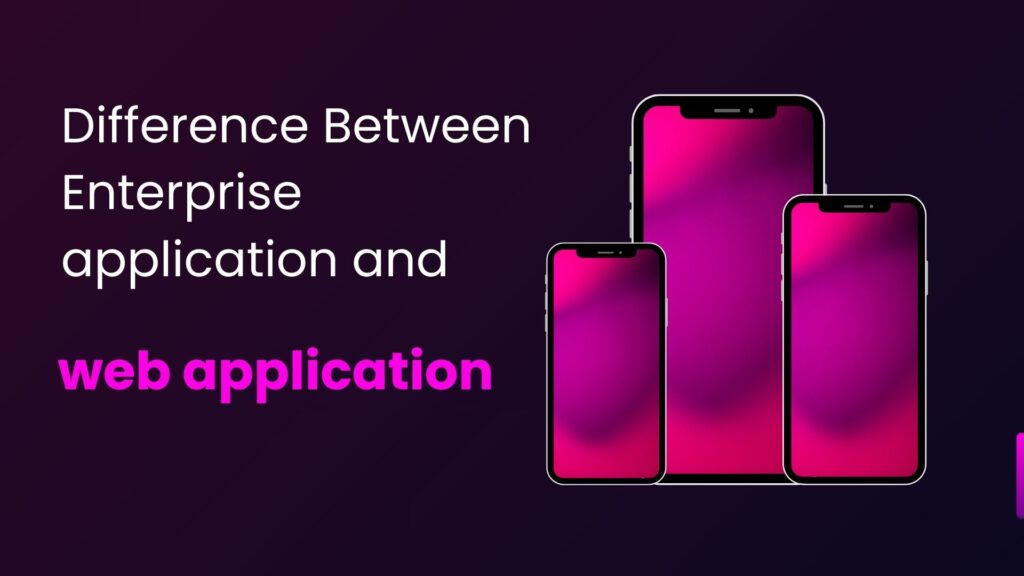Cloud-based applications, or just cloud apps, are software applications that use cloud computing technologies to store and process data via the Internet. Cloud-based applications run on distant servers housed by outside vendors, unlike conventional software that has to be installed on local hardware. These programs are accessible from any device with an internet connection via a web browser or specific client software. Delivering smooth and scalable services, cloud-based apps enable users and organizations to effectively manage their resources, interact in real-time, and access vital information from any location in the globe. Future of cloud-based applications are very bright and you must have to understand its importance.
Future of Cloud-Based Applications
The future of cloud-based applications poised to transform the technological landscape, driven by advancements in computing power, data analytics, and artificial intelligence (AI). As businesses and individuals increasingly rely on cloud services for their scalability, flexibility, and cost-efficiency, the cloud is becoming an integral part of everyday operations.
Serverless Computing Advancements:
Known by another name, Function as a Service (FaaS), serverless computing is a cloud computing paradigm in which developers concentrate on creating and distributing code. In contrast, the cloud provider handles the back-end infrastructure. This technique offers agility and economy by doing away with the need for manually scaling resources and maintaining servers. Significant developments in serverless technology should make it more widely used for developing sophisticated Cloud-Based Applications throughout the next ten years.

Artificial Intelligence and Machine Learning Integration:
Machine learning (ML) and artificial intelligence (AI) have advanced significantly recently. In the next ten years, their integration with cloud-based applications is predicted to increase dramatically. With so much data produced by these apps, AI and ML algorithms may be used to provide insights. Thanks to this connection, cloud applications will be more intelligent, effective, and customized, improving the user experience.
Edge Computing for Real-Time Processing:
A distributed computing paradigm known as “edge computing” moves data storage and processing closer to the point of demand. Edge computing is predicting to become rather popular in the next ten years. Due to the growing number of Internet of Things (IoT) gadgets and applications that need real-time processing. By processing data nearer the source, edge computing lowers latency and enhances cloud-based application performance. You must be aware with future of cloud-based applications to stay competitive in market.
Internet of Things (IoT):
The network of actual equipment, cars, and other items fitted with sensors, software, and a connection that allows them to share data is known as the Internet of Things. The capability and proliferation of IoT devices have created an increasing need for cloud-based apps to manage the massive volume of data these devices produce.
More cloud-based apps made expressly to manage Internet of Things data and provide companies with insightful information are expecting in the next years. Cloud service providers and makers of Internet of Things devices will work together more as a result.
Multi-Cloud and Hybrid Cloud:
Two growing trends are multi-cloud, the simultaneous use of many cloud service providers, and hybrid cloud, the combination of private and public clouds. By adopting these trends, companies may reduce risks like vendor lock-in or downtime. Also taking advantage of the greatest features provided by several cloud providers.
We may anticipate more companies using hybrid and multi-cloud strategies within the next ten years. More rivalry among cloud service providers will lead to improved services and cost optimization for companies.
Disaster Recovery:
One essential component of cloud computing that guarantees companies can keep going and bounce back fast from unforeseen setbacks is disaster recovery. To safeguard important data and applications, cloud service providers provide backup and restoration services, replication, and failover options.
Investing in strong disaster recovery strategies is critical for businesses that are increasingly relying on cloud-based technology to lessen the effects of possible outages, natural catastrophes, or cyberattacks. Technological developments in disaster recovery will probably facilitate companies’ implementation of more robust and all-encompassing recovery plans during the next ten years, improving operational stability and security.
Conclusion:
With developments in technology like AI, IoT, edge computing, and serverless computing, cloud-based applications seem to have a bright future. Staying current with the newest developments and trends in this field is crucial as more companies adopt a cloud-first strategy. Businesses must stay ahead of the curve and capitalize on these developments as consumers grow increasingly dependent on these apps.
Follow us on Facebook
Businesses should thus be aware of these future trends in cloud-based applications developments. They must incorporate them into their plans to remain competitive in the always-evolving cloud computing market. Cloud-based apps will shape our everyday lives and be essential to the digital transformation of companies in many sectors. We are excited to watch how these patterns develop over the next ten years since cloud computing has many future opportunities. So buckle in and get ready for a thrilling journey into the realm of cloud-based apps!




